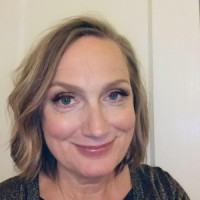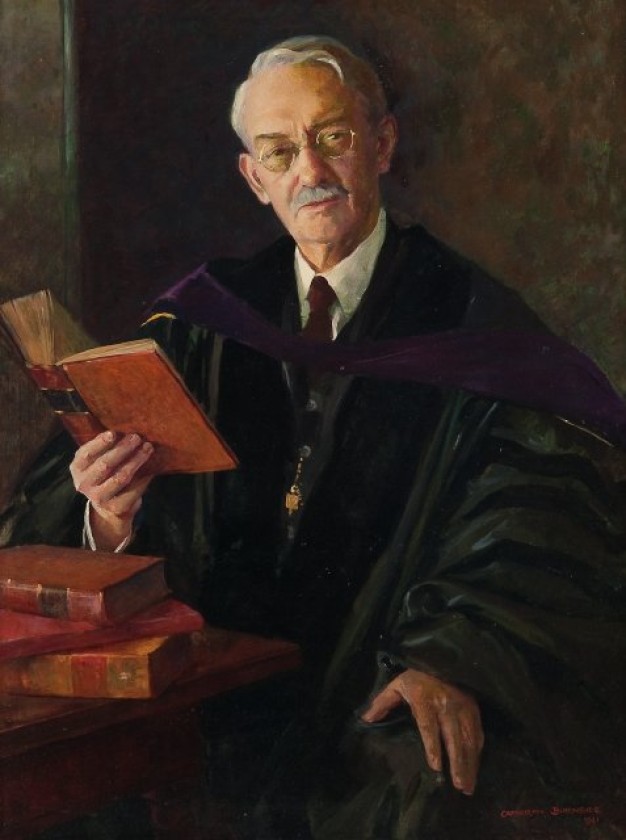Colleagues and Collaboration: Preserving the Voice of Edwin G. Conklin
Portrait of Edwin Grant Conklin by Cameron Burnside, 1941. APS Museum Collections.
One of the fascinating things about working with archives is finding documents that are totally unexpected. Another is how some discoveries relate to other collections at the same institution in uncanny, serendipitous ways.
I had such an experience recently, while processing the Whitfield J. Bell, Jr. subgroup in the Executive Officer Records. I came across a folder labeled, “John T. Bonner; E. G. Conklin transcription.” I puzzled over the contents, because I knew that Bonner was an esteemed Princeton University biologist and Member of the Society (1972), but I was unaware of any connection to Bell.
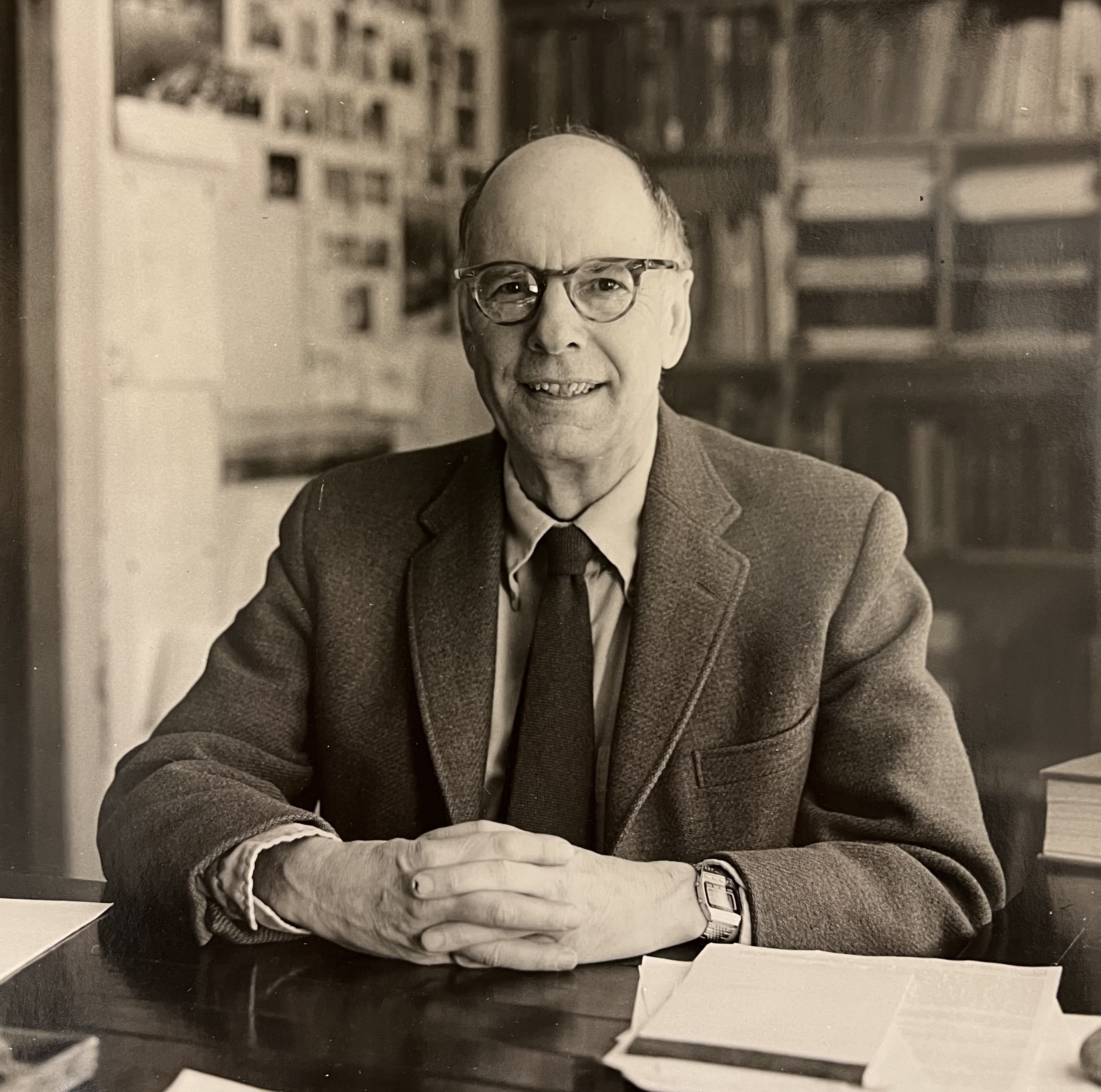
Further, I was surprised to find the Conklin interview, since I processed his records two years ago and didn’t see any reference to it among his records (see more APS Archives here). As I dug into the folder, I discovered that Bell and Bonner actually worked together as co-editors for Conklin’s interview. It was published as an article in the Proceedings of the American Philosophical Society in 1984, 87 years after he became a member of the Society in 1897.
The circumstances behind the interview were equally compelling. Two Princeton professors, Gerhard Fankhauser and Arthur K. Parpart, visited Conklin shortly before his death in 1952. His colleagues must have been concerned about preserving Conklin’s legacy, because they brought a wire recording device with them. After expressing some doubts, the influential biologist spoke about his early research on the cellular division of Crepidula (or slipper limpet), which had implications for embryology, cytology, and evolutionary theory.
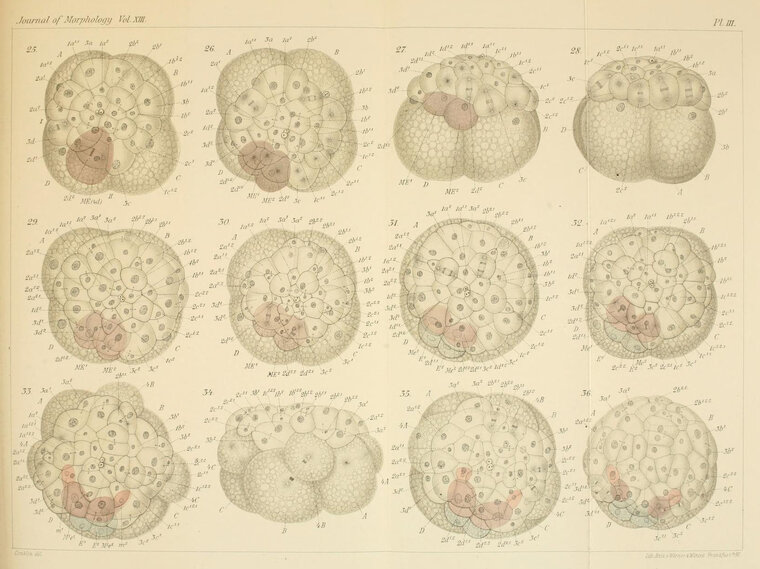
The narrative begins on a humble note, given the disparaging remarks made by William Keith Brooks (Conklin’s advisor) about the young biologist’s dissertation. Nonetheless, Conklin persevered and was later asked to speak at an APS symposium on the “Factors of Organic Evolution” in 1896. His paper was well received, not just by the attendees, but in due course by the scientific community.
Thus, the Society played a pivotal role in launching Conklin’s career and validating his discoveries. He was also nominated and became one of the Society’s youngest Members, but in a wry moment during the interview, Conklin observed that he was now one of the oldest. After Conklin’s death, Parpart inherited his position as chair of the biology department at Princeton. Bonner then succeeded Parpart in 1965, where he discovered the wire recording in his predecessor’s office. Bonner’s colleague, Aurin M. Chase, copied the interview onto magnetic tape in the nick of time, because the wire recording disintegrated in the process. A copy was sent to their University Archives and Chase retained a copy for himself. He later shared an additional copy with APS and presumably with the transcriber, Linda Karanewsky.
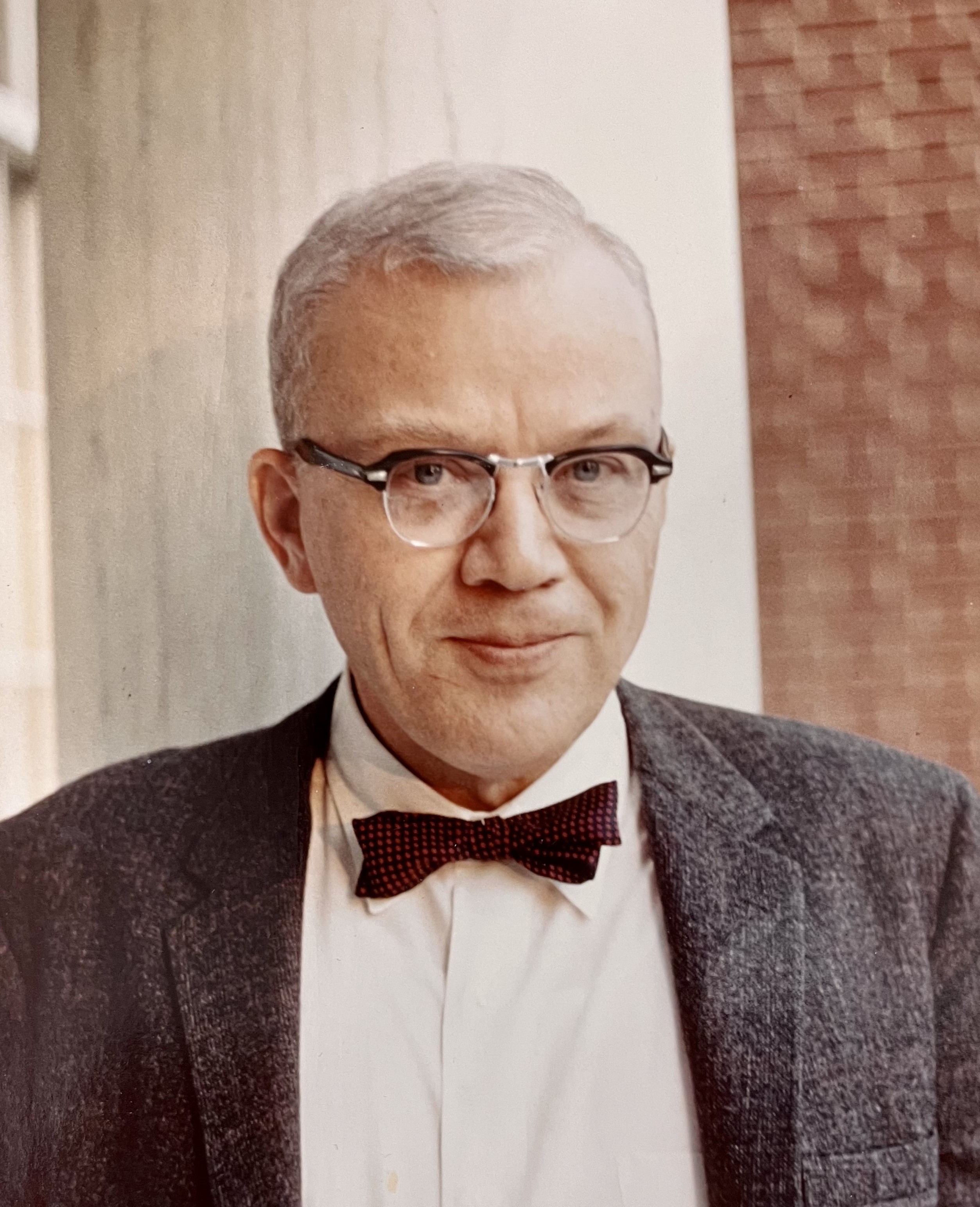
In many ways, Bonner and Bell were the ultimate editors for the interview. They both succeeded Conklin in their own way, with Bonner inheriting chairmanship of the Princeton biology department, and Bell as an Executive Officer for the Society. They were surely aware of their predecessor’s accomplishments and his impact in their respective fields.
Bonner knew Conklin and his commentary provides an insightful biographical sketch of Conklin, down to the resonant quality of his voice during the interview. While Bell didn’t work alongside Conklin at APS (he was hired after the latter was deceased), he was familiar with the biologist-turned-administrator’s achievements. Bell was an expert author, editor, and librarian, and contributed many useful endnotes to illuminate obscure references in the interview. He saved both typed and hand-written drafts in the interview folder, with some versions cut and stapled together (pre-home computing). Bonner’s drafts for the commentary were also saved, plus an edited version of the original transcript, which they carefully reviewed and corresponded about.
As an aside, one of the grammatical errors that Bell spotted were references in early Johns Hopkins University publications to the Marine Biological Laboratory at Wood’s Hole, which was misspelled as “Holl.” When Bell mentioned this in a letter to Bonner shortly before the interview went to press, the latter responded: “‘I have never understood about ‘Holl.’ Dr. Conklin would have known the answer!”
This cordial exchange made me smile. When I processed Conklin’s Executive Officer records, I found several letters addressed to and from Wood’s Hole, where Conklin worked remotely during the summer. As a versatile biologist, academic, and administrator, he was able to stay active in research through his long life, while serving the Society that helped him make his mark in science.*
* Conklin’s scientific and personal papers are held by the Seeley G. Mudd Manuscripts Library at Princeton University.

